SPF 1 to 50: all degrees of protection
Which number next to SPF do you see the most? Most likely, this is SPF 15 or SPF 20 - this is the indicator that most everyday skin products have. But we are surrounded by other things that have SPF. Do you want to know the full scale of solar filters from 1 to 50?
Here is an almost complete list of all degrees of protection from the sun, from one to fifty.
SPF 1
Technically, SPF measures how long you can stay in the sun without getting burned. And if the SPF is 15, and you “burn” in 20 minutes, then this means that SPF 15 gives you protection from burns for 5 hours (20 minutes x 15 \u003d 300 minutes, or 5 hours). And if the SPF is equal to one, then this means that there is no protection. Therefore, SPF 1 is the open sun.
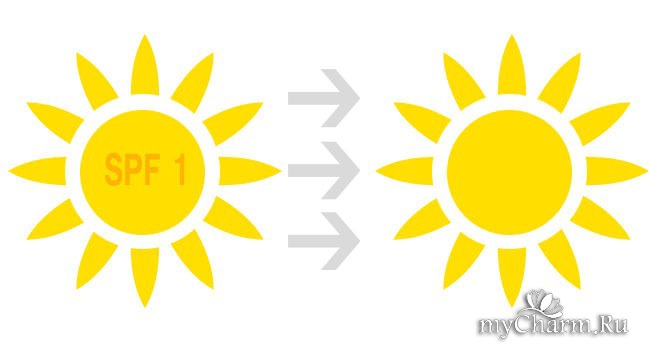
SPF 2
If cloudy weather protects from the sun, then it is completely insignificant. Everyone knows that you can “burn” on a cloudy day. And the SPF level for partly cloudy can be defined as "1" or "2", that is, you need to protect yourself for such weather almost as much as for sunny weather.
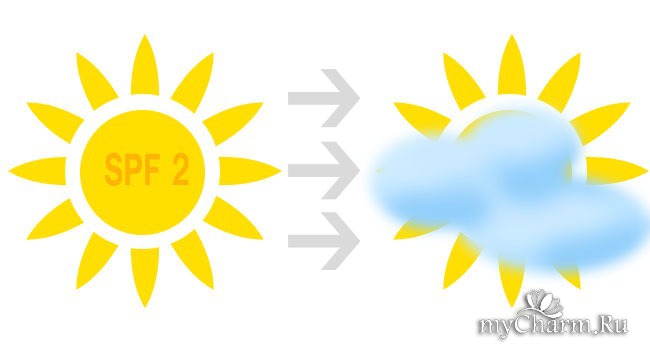
SPF 3
A white heavy T-shirt has very little protection, no more than SPF 3. This fact should convince you to apply sunscreen even under light-colored clothing. Hats and baseball caps have the same level of protection, and it turns out that they should not be relied upon as a full-fledged sunscreen.
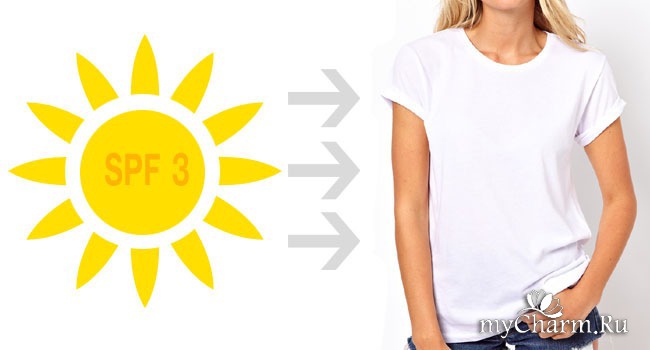
SPF 4
This level of SPF gives knitted fishnet clothing. It turns out that this is not only feminine and cute, but also safer than a regular T-shirt. Your skin can also get an SPF of "4" if it already has some kind of tan. Not much, to be honest. It will only help in the conditions of a non-aggressive northern sun.
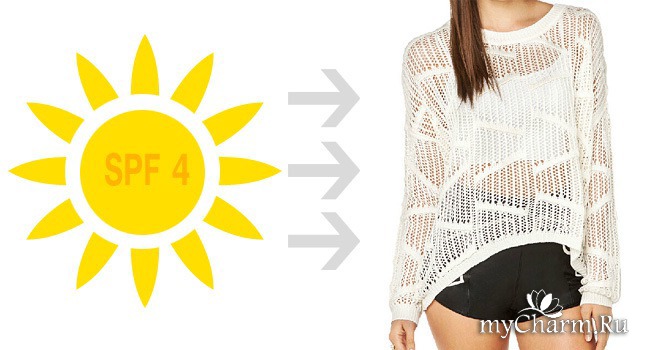
SPF 5
Almond oil gives the skin one of the smallest levels of sun protection of any oil. True, such a modest SPF is compensated by a rich nutritional composition: vitamin E gives the skin softness and elasticity.

SPF 6
Almost any shade, whether it's an umbrella, an awning or the shade of trees, has a degree of protection equal to a maximum of SPF 6. It doesn't matter if it's a lacy shade, shade from fabrics or dense shading from buildings and opaque structures. That is, the shadow saves, but not as good as you think.

SPF 7
Take a light denim shirt to the beach to protect your back and shoulders. After all, such a simple attribute gives, albeit small, but protection. The SPF of a denim shirt is seven. Wearing it over a bathing suit on the beach is quite appropriate.
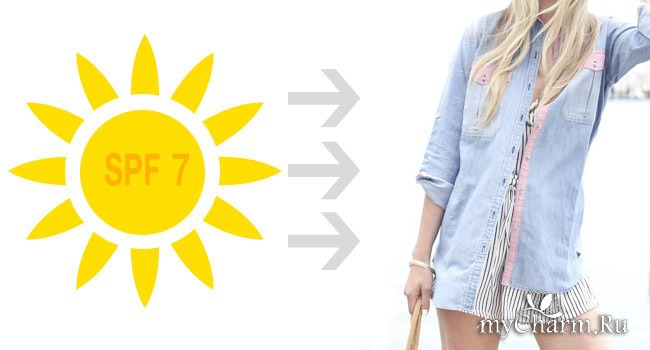
SPF 8
Coconut and olive oils have their own level of protection, their SPF is 8. Coconut can protect not only the body, but also hair from the sun, and olive provides an additional anti-age effect.
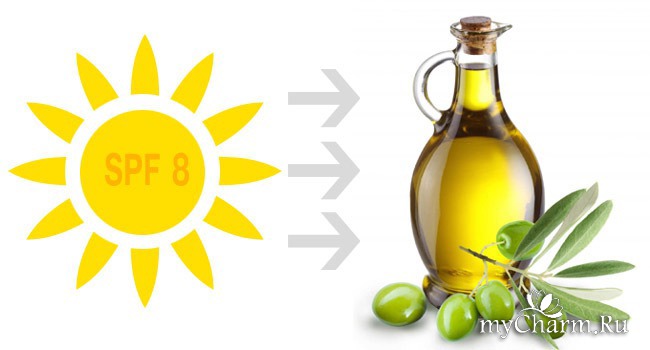
SPF 10
Tight clothing made of cotton or linen is SPF 10. The same indicator for most persistent foundations, as well as soybean oil. Soybean oil is used in Chinese cooking and works as a moisturizer with a natural sunscreen on the skin.
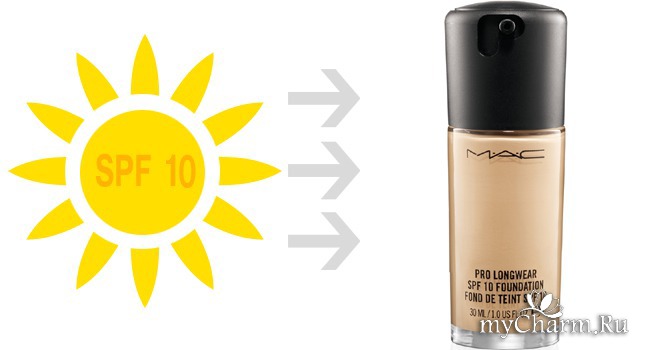
SPF 12
Clothes in bright colors protect from the sun more than white or light-colored clothes. We are talking about dense cotton fabrics or knitwear, but not about openwork, in it, as mentioned above, protection is equivalent to SPF 4.
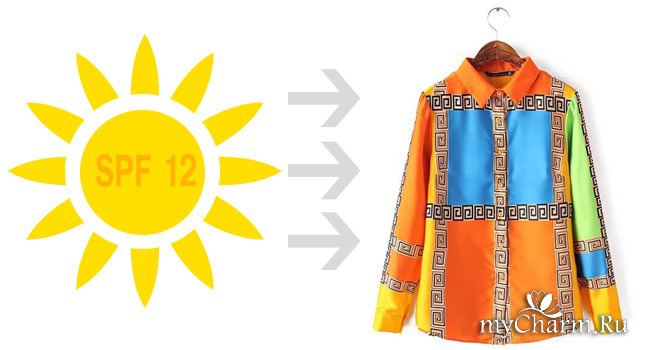
SPF 15
Most popular daytime moisturizers, lotions, and emulsions come with SPF 15, which is the bare minimum that any skincare product needs these days. Powder, lipstick and gloss also have SPF 15. Today, makeup is not only beauty, but also protection!

SPF 20
Such an indicator should be in sunscreen if you are going to rest in the south. Residents of these areas are aware of the insidiousness of their sun, so they always buy products with SPF 20 or SPF 30. Trendy tinted lip balms today also boast excellent sun protection, choose products from well-known manufacturers, they have an SPF 20 filter.
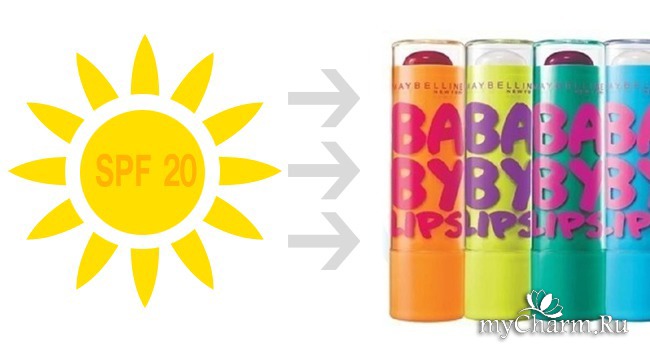
SPF 30
SPF 30 protection can be found in popular sunscreens, baby creams, and items with UPF. UPF is the same SPF, only for clothing, and if you find a collection made using this technology, then the average level of protection that it gives is SPF 30. Such things are created mainly for surfing and active summer tourism. The most famous sports brands such as Nike and Adidas have already mastered the innovative know-how.

SPF 40
Carrot seed oil has the highest sun protection factor of any natural vegetable oil. It has an SPF of 40. This oil is also rich in antioxidants and shows very good antiseptic properties. True, its bright yellow-orange color can be embarrassing if used as a sunscreen.
![]()
SPF 50
High protection creams have an SPF 50 filter. These are expensive products, often with anti-aging properties - tonal, moisturizing or sunscreen.
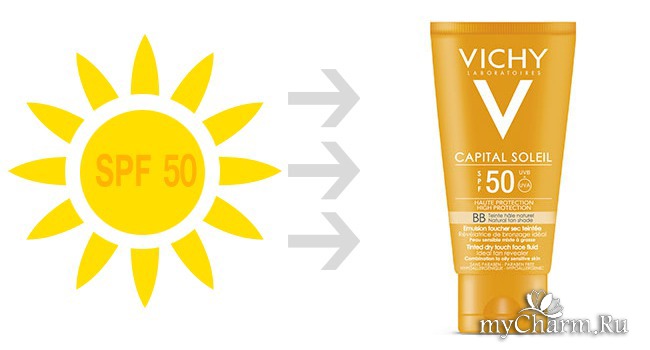
In the end, it is worth saying an important detail about these SPFs: their performance DO NOT SUMMATE. Unfortunately it is so. That is, you cannot wear a denim shirt, sit under an umbrella, anoint yourself with olive oil and think that you received sun protection equal to SPF 20. Only the highest of all the above components is taken into account in such calculations. Therefore, take your favorite oils, colored shirts and umbrellas to the beach, but do not forget about effective sunscreen.




